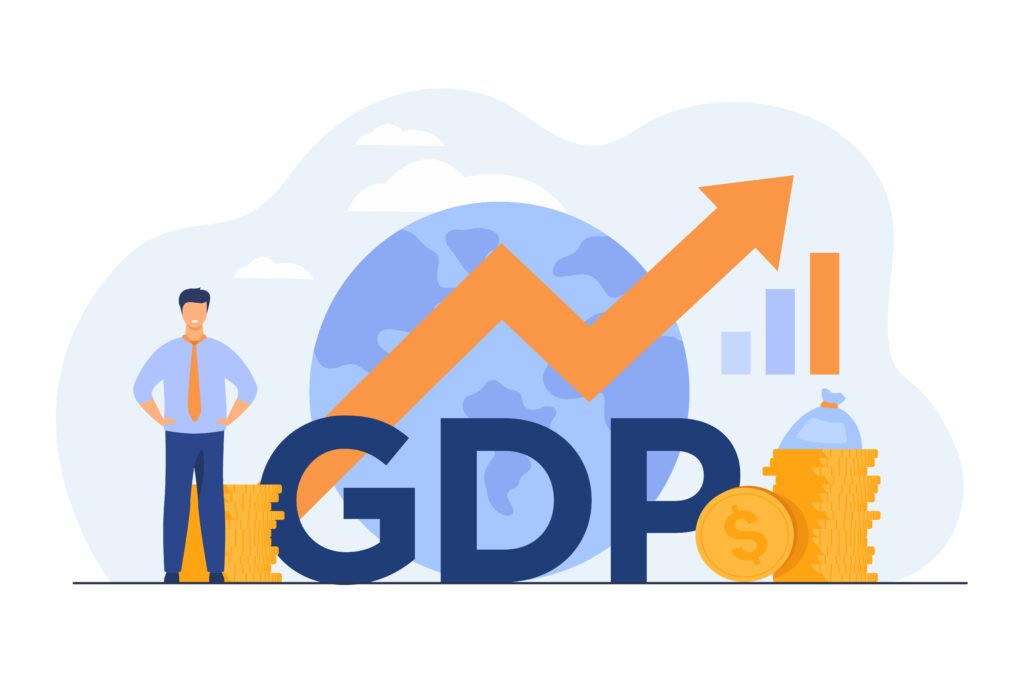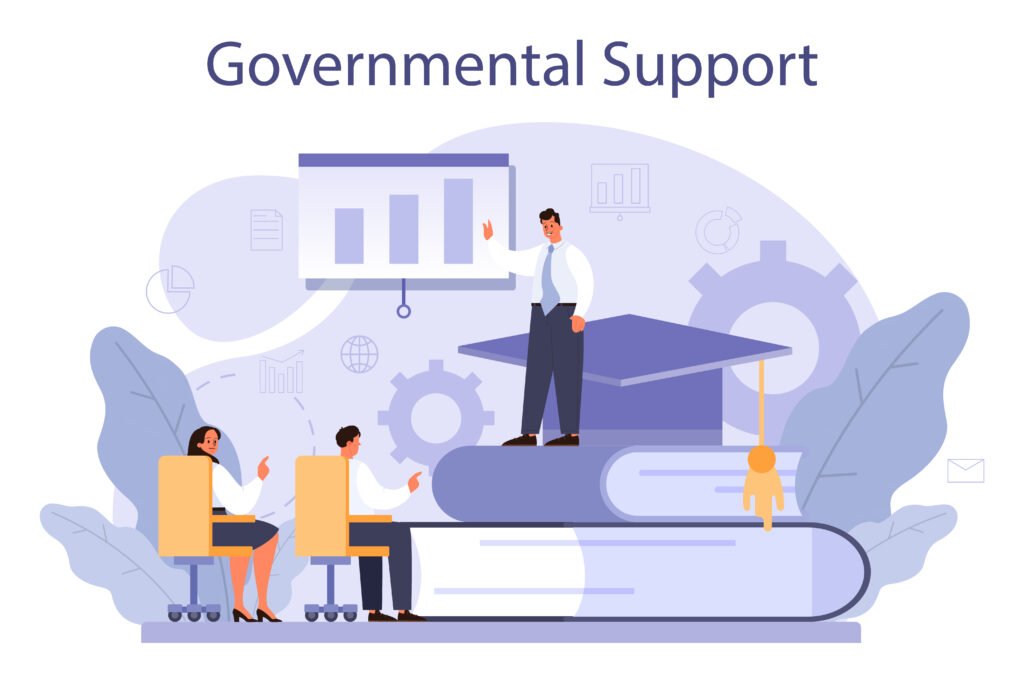
Credit flow to the MSME sector is a critical driver of economic growth, providing the necessary funds for small businesses to expand and innovate. Despite their significant contribution to the economy, MSMEs often face challenges in securing timely and adequate financing. Over the years, various initiatives have been implemented to boost the credit flow to this sector, ensuring smoother access to financial resources. With the rise of digital platforms, businesses can now easily access and monitor the flow of credit online, streamlining the borrowing process and improving financial inclusion for entrepreneurs.
Enhancing Credit Access for the MSME Sector
Enhancing credit access for the MSME sector has been a pivotal focus in recent years, driven by its critical role in India’s economic growth. The MSME sector, which contributes significantly to GDP and employment, often faces challenges in securing traditional financing due to stringent collateral requirements and lengthy approval processes. To address these issues, Non-Banking Financial Companies (NBFCs) have emerged as key players by offering more flexible, tailored loan products.

NBFCs provide MSMEs with quicker access to credit through unsecured loans and innovative lending models, such as revenue-based financing and invoice discounting. These financial solutions cater to the specific needs of small businesses, from working capital to technological upgrades, allowing MSMEs to grow without traditional barriers like collateral or extensive credit histories. By using data analytics, NBFCs assess creditworthiness more efficiently, enabling faster decision-making and a broader reach across underserved areas. This growing accessibility to MSME credit and MSME funding is crucial for boosting innovation, especially in sectors like agritech, manufacturing, and cleantech. As a result, NBFCs continue to play a vital role in strengthening the financial foundation of the MSME sector.

Challenges MSMEs Encounter in Securing Credit
Challenges MSMEs Encounter in Securing Credit Securing credit is one of the major challenges of MSMEs, primarily due to several obstacles that restrict the flow of finance to these businesses.
- First, inadequate financial documentation and poor MSME data make it difficult for lenders to assess the creditworthiness of small businesses. Many MSMEs operate without formal accounting systems, leaving them unable to meet the strict documentation requirements of traditional banks.
- Second, lack of collateral is a significant barrier. Most MSMEs are unable to provide the tangible assets that banks often require, leading to restricted access to loans.
- Third, traditional banks tend to have long, cumbersome approval processes, which do not align with the immediate working capital needs of MSMEs. This delay in securing credit slows down business operations and growth.
- Moreover, MSMEs often face high interest rates, which further disincentivizes borrowing.
Many formal financial institutions categorize MSMEs as high-risk, leading to expensive loan terms. The credit flow to the MSME sector is thus hindered by these barriers, leaving a large portion of the market underserved. To address these challenges, NBFCs and fintech firms are stepping in, offering more flexible, tech-enabled lending solutions, which could significantly improve credit access for MSMEs
Significance of Enhancing credit
Significance of Enhancing credit flows to the MSME sector is crucial for boosting economic growth, job creation, and innovation. The importance of credit for MSMEs lies in their ability to access funds for working capital, expansion, and upgrading technology. Without sufficient credit, these businesses struggle to scale or compete in the market.

At the same time, the importance of credit control ensures that lending institutions balance risk and liquidity, maintaining a healthy financial system. Establishing robust credit control policies helps prevent over-lending and bad debts, which can destabilize businesses and lenders alike. Moreover, the credit history importance is a critical factor in determining loan eligibility. A positive credit history allows MSMEs to secure better terms and quicker approvals, fostering long-term growth. Hence, improving credit access and management is essential for both the sustainability of MSMEs and the broader financial ecosystem.
Programs and Reforms to Improve Credit Accessibility
Several initiatives and reforms have been introduced to improve credit accessibility for MSMEs in India, addressing the long-standing challenges faced by small businesses. Programs like the Pradhan Mantri Mudra Yojana (PMMY) and the Credit Guarantee Fund Trust for Micro and Small Enterprises (CGTMSE) offer easy access credit by reducing the dependency on collateral and simplifying the application processes. These schemes ensure that MSMEs, even those with limited financial histories, can obtain loans to fuel their growth.

To further enhance credit access, fintech companies and non-banking financial companies (NBFCs) have revolutionized the lending landscape by providing digital platforms where MSMEs can easily apply for and receive loans. These platforms use alternative data and AI-driven insights to assess creditworthiness, making it easier for businesses without formal documentation to secure funding.
Increased access to credit helps MSMEs improve productivity, expand operations, and create more employment opportunities, strengthening the broader economy. As these reforms continue to evolve, MSMEs can expect even more inclusive financial options.
Future Trends and Suggestions
The future of credit flow in the MSME sector will likely see
- Increased digitization and alternative credit assessment models. Technologies like AI and blockchain will enable lenders to process flow credit online, ensuring faster disbursement and minimizing manual processes.
- Additionally, more financial institutions are expected to adopt open banking, offering MSMEs tailored loan products based on their transaction data.
- To improve MSME credit flow, fostering financial literacy is crucial. More robust regulatory frameworks will also encourage competition among lenders, ensuring businesses have more flexible and diverse funding options.
- MSMEs should explore digital lending platforms, diversify funding sources, and maintain a clear credit history to benefit from the evolving landscape.
GOVERNMENT INITIATIVES
Here are some initiatives undertaken by the government to improve cash flow in MSMEs

Emergency Credit Line Guarantee Scheme (ECLGS): It provides lenders with a 100% guarantee against losses if borrowers don’t repay.
Subordinate Debt Scheme: It allows banks to provide subordinate debt up to 15% of the promoter’s stake or Rs. 75 lakhs (whichever is lower) to stressed MSMEs. This debt is intended to be infused as equity or quasi-equity in the business.
Pradhan Mantri Mudra Yojana (PMMY): It offers collateral-free loans of up to Rs. 10 lakhs to unfunded MSMEs in various sectors.
Regulatory Retail Portfolio Threshold: The threshold for single counterparty exposure to MSME entities was increased from Rs. 5 crores to Rs. 7.5 crores. It enables banks to assign a lower risk weight to these exposures, improving credit availability for MSMEs.
CONCLUSION
Strengthening credit flows to the MSME sector is crucial for fostering economic growth and empowering small businesses. By improving financial inclusion and simplifying access to capital, we can ensure that MSMEs thrive and contribute to job creation and innovation. The flow of credit to the MSME sector is indeed a cornerstone of economic growth. Yet, challenges like stringent collateral requirements, complex loan processes, and high-interest rates often hamper their ability to secure funds. Fortunately, Non-Banking Financial Companies (NBFCs) and fintech platforms are revolutionizing MSME lending by offering quicker, collateral-free loans and using data-driven approaches to assess creditworthiness
